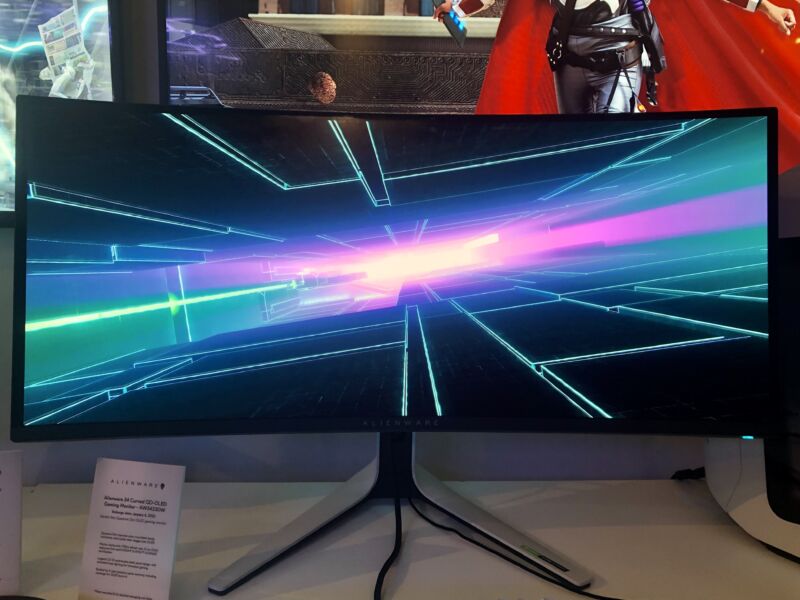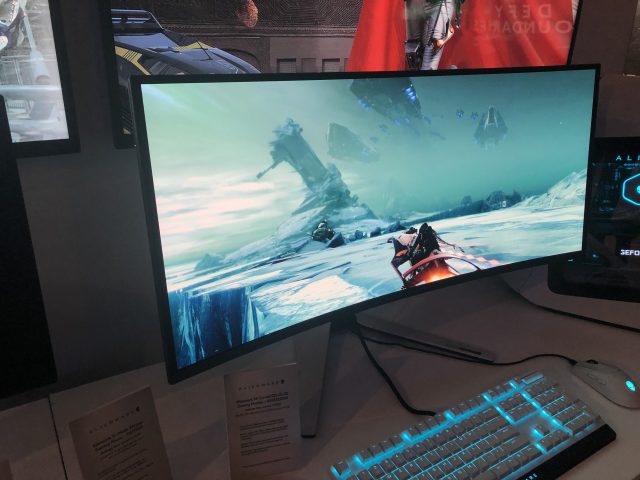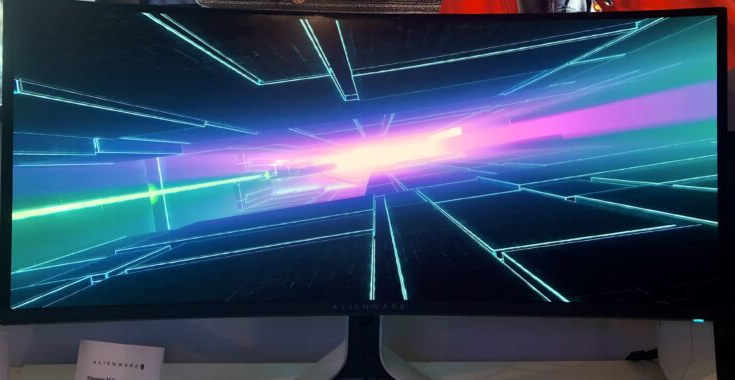
Scharon Harding
We now have an idea of how much QD-OLED screens will run you compared to the OLED panels we know today.
OLED is already an expensive, high-end display technology, but Samsung’s QD-OLED puts a quantum-dot spin on the tech, promising image enhancement and improved color coverage. We’re still waiting to learn how much QD-OLED TVs will cost, but the first PC monitor with the tech, coming this spring, will be $1,300.
Samsung Display announced QD-OLED, or Quantum Dot-Organic Light Emitting Diode, last month, with TVs and monitors expected this year. The new type of OLED panel is supposed to provide the same deep blacks and rich contrast that make OLED popular among HDR users, gamers, and anyone who wants a crisp image. The difference is that the new tech uses a blue OLED material that goes through a layer of quantum dots. This setup is supposed to ensure vivid color regardless of the screen’s brightness setting, plus more detail in highlighted areas. (For an in-depth look, check out our story explaining what QD-OLED is.)
The Alienware AW3423DW is the first computer monitor to use a QD-OLED panel. The screen claims 99.3 percent of the DCI-P3 color space, and, at 250 nits, it’s expected to have a lower typical brightness than many modern LED monitors. It can hit 1,000 nits in a smaller test area, though, which could help it deliver more detailed highlights, as QD-OLED promises. The monitor is also certified for VESA Display HDR 400 True Black, which requires a black level of 0.0005 nits, max. The AW3423DW brings a 3440×1440 ultrawide OLED panel with a 21:9 aspect ratio and a 175 Hz refresh rate.

Scharon Harding
At $1,300, the AW3423DW will have a higher price tag than anything in Alienware’s current monitor lineup. The company’s current priciest display, the AW3821DW, still has some advantages, the most obvious being its larger 37.5-inch size. The AW3821DW is also VESA Display HDR 600-certified, so it will hit at least 600 nits of brightness with HDR content. Alienware’s large monitor also has a higher resolution, 3840×1600, with a lower 144 Hz refresh rate. It’s currently listed at $1,200.
However, the AW3821DW is an IPS panel with an LED backlight, and there are countless other such options on the market. Color is the largest touted benefit of QD-OLED, and Alienware’s non-OLED AW3821DW claims 3 percent less color coverage (95 percent DCI-P3) than the QD-OLED option.
OLED alternatives
The AW3423DWl is pricey, but it offers an ultra-wide panel in a smaller size than most OLED monitors, which have generally been limited to TV-like sizes. The rare desktop-sized options, like the 32-inch LG UltraFine OLED Pro, have targeted professionals, with price tags to match—LG’s monitor sells for $4,000. Other OLED monitors at 4K resolution cap refresh rates at 120 Hz.
That leaves us with larger OLED monitors. Gigabyte’s 48-inch FO48U OLED gaming monitor is currently available for $1,200 (or $1,000 at some retailers after a $200 rebate). That’s a lot more screen for $100-$300 cheaper than Alienware’s new display.
Samsung Display has said QD-OLED should be as good as or better than OLED at managing burn-in. Alienware’s QD-OLED monitor has a three-year limited hardware warranty, and the company said in January that owners would get a replacement monitor “by the next business day” if a unit suffers from burn-in.
What about QD-OLED TVs?
QD-OLED will play a big role in the elite TV wars, and Alienware’s pricing for its QD-OLED monitor gives us a peek at what’s to come.
It’s unclear when QD-OLED TVs expected from Samsung and Sony will get firm prices and release dates. In fact, a report from South Korean tech site The Elec this week claimed that Samsung Display (which makes the panel technology) and the consumer-facing Samsung Electronics have yet to agree on pricing. Samsung hasn’t confirmed this report.
Ars Technica may earn compensation for sales from links on this post through affiliate programs.



